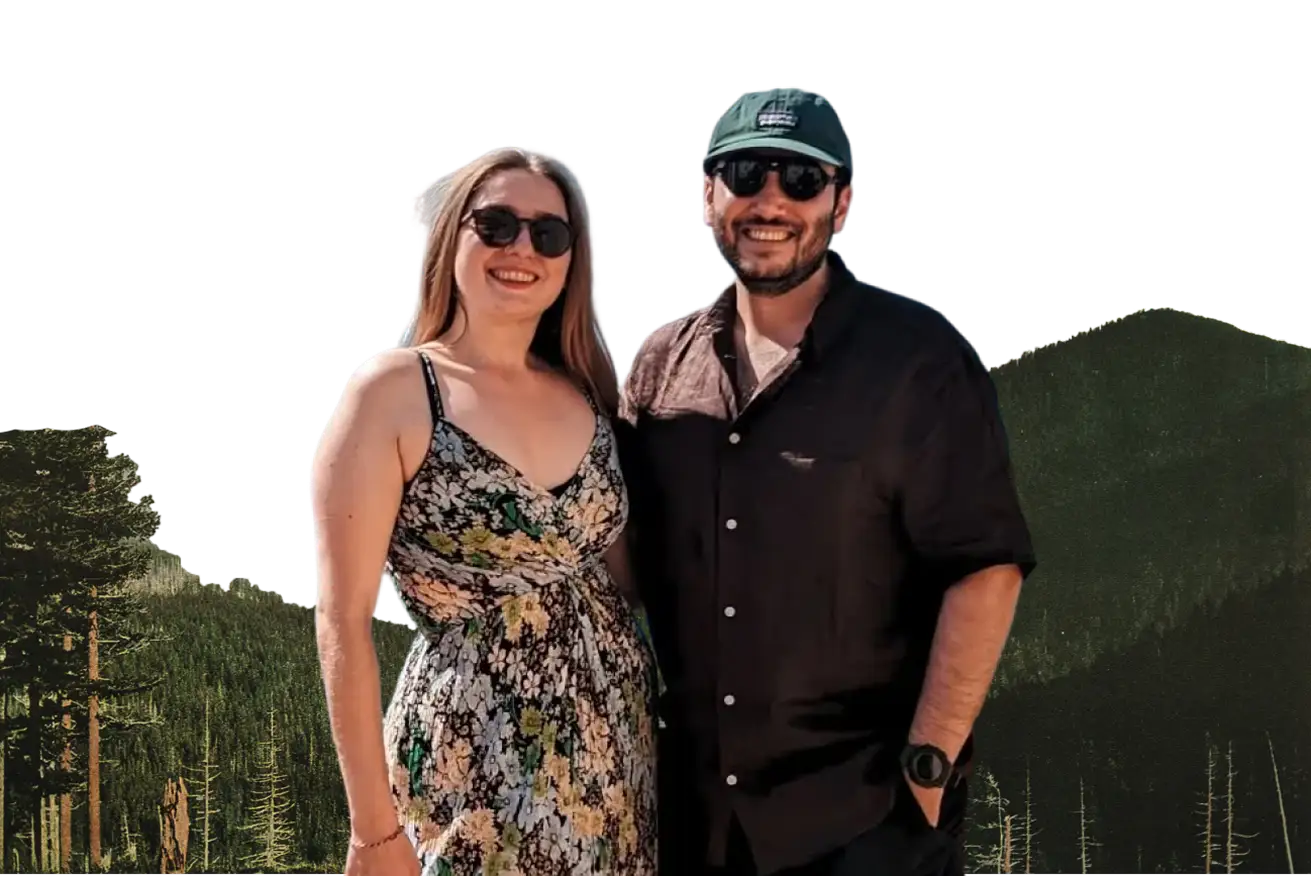There are places in the world that seem to belong more to a dream than to the solid earth. High in the Pontic Mountains of Turkey's Black Sea coast, you will find such a place. It appears through the mist as a whisper of stone, a structure that does not sit on the mountain but seems to grow from it, clinging impossibly to a sheer cliff face. This is Sumela Monastery, a place of breathtaking beauty and a profound, melancholic echo of fifteen hundred years of faith.
We will never forget our first sight of it. It is a vision that defies logic, a testament to a faith so powerful it could command a home from the raw face of a mountain. To journey there is to feel as though you are ascending not just in altitude, but in time, moving towards a story that feels both ancient and achingly present.
A sanctuary born from a vision
The story of Sumela begins, as such stories often do, with a legend. It tells of two monks from Athens, guided not by a map, but by a vision – an icon of the Virgin Mary said to have been painted by St. Luke himself, which led them to a dark cave high on this remote cliff. Mela, in Greek, means "black," and whether it refers to the dark rock or a dark-faced icon, it speaks of a mystery. Here, in this wild and inaccessible place, they founded a sanctuary.
Over the centuries, nurtured by the patronage of Byzantine and Trabzon emperors, this humble cave grew into a thriving center of Orthodox life. Chapels, monks' cells, and libraries were built, each one appearing to hang from the cliff in a stunning display of architectural audacity. The interior walls were covered in vibrant frescoes, a rich visual tapestry of saints and biblical scenes. Sumela was not just a monastery; it was a beacon of learning and spirituality, a sanctuary in the sky.
The silence of an empty home
This life continued for centuries, even after the Ottoman conquest. But the story of Sumela, like the story of so many places in this region, is also a story of profound loss. The tumultuous events of the early 20th century and the population exchange between Greece and Turkey in 1923 brought this long chapter to an abrupt and silent close. The monks left. The bells stopped ringing. The monastery was abandoned to the mountain winds and the slow, patient work of time.
To walk its empty corridors today is to feel this silence. It is to see the faded frescoes, their colors muted by weather and time, their faces sometimes scarred by neglect. It is a beautiful and heartbreaking experience, a direct encounter with the ghosts of a vibrant community and a rich heritage that was displaced.
The echo that remains
And yet, the story is not over. Today, Sumela has been embraced as a treasure of Turkish and world heritage. It draws visitors from all over the globe, who come to stand in awe of its impossible architecture and to feel the weight of its history. On rare occasions, the sound of Orthodox chants has once again echoed through its rock-hewn chapels, a poignant connection to its living past.
Sumela Monastery is more than a picturesque ruin. It is a profound and moving testament to the enduring human need to create sacred spaces in the most challenging of landscapes. It speaks of a faith that could move mountains—or rather, build within them. It is an echo of a lost world that still has so much to teach us about resilience, memory, and the stories that cling to a place long after its people are gone.
.svg)




